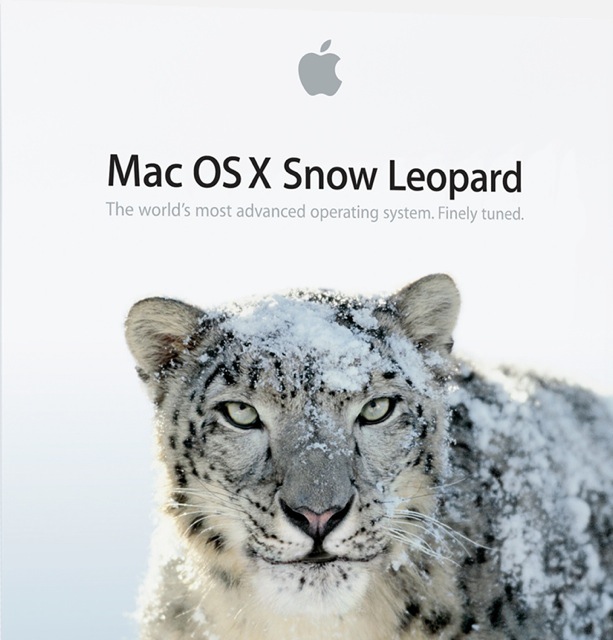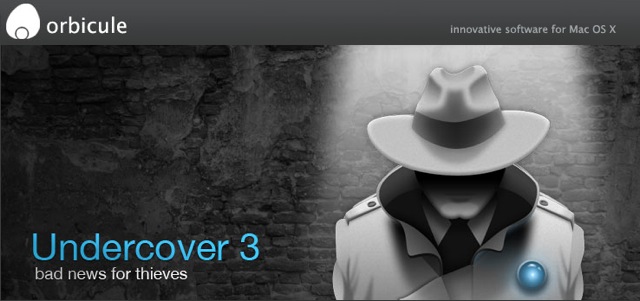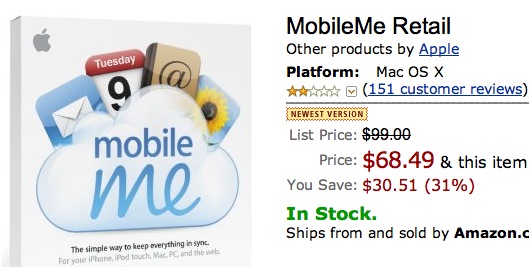Serious compatibility issues.
Apple has said that its 64-bit OS, Snow Leopard, will be on sale August 28. You know – all the usual twaddle – better, faster, smaller, etc. Just pay up, please. The cash register is right over there. We gotta keep those analysts on Wall Street happy. Goodness alone knows what additional stress the 64-bit OS places on already overtaxed graphics circuitry in overheated, poorly ventilated boxes. And excuse me, but just how many 64-bit third party applications are out there and don’t these need 32gB or more of RAM to show any benefit? Once again, it seems, we are being offered a Ferrari to do the grocery shopping, because the racetrack is closed.
Come to think of it, I’m still trying to figure out what, if anything, the ‘upgrade’ from Tiger to Leopard did for me, other than a butt ugly purple login screen. At least our machines did not fry under Tiger.

Snow Leopard (in)compatibility list – extract
Unless you are positively insane or unless you have checked this compatibility list and are willing to believe what you read, you really should hold off upgrading, no matter how cheap it is.
Older PPC applications like Adobe Photoshop CS2 (will not run) and Intuit’s Quicken (Intuit says it will run but they are a business which shares business morals with eBay and PayPal – no earthly way you can trust a company that disables its software every other year to force you to upgrade) are problem areas. I don’t know about you but I am not about to shell out hundreds of dollars on the latest version of Photoshop which does nothing for me, or trust Intuit, only to do my photo processing or mess up my on-line banking.
But there are bigger shockers in this list. SpamSieve, the ne plus ultra of email spam apps, superb in every way and leaving Apple’s Mail Spam function in the dust, will not run. Photoshop Elements will not run. Really! Disk Warrior (serious $) will not run. MenuMeters will not run. NeoOffice may not run (the thinking man’s free alternative to the garbage called Office from Microsoft). SafariBlock – a key ad blocker for me which stops all ads, including those irritating flash ads – will not run. SmartScroll will not run. Dozens of others are in ‘Unknown’ status.
And no news of all those fan (Fan Control, SMC Fan Control) and temperature measurement (Temperature Monitor) utilities which are essential to stop your Mac from frying. What if they don’t run? And what if your new OS fries the GPU twice as fast as the old one, seeing as Snow Leopard is meant to be so much faster?
Well you get the idea. Updating now is simply crazy. Let the guinea pigs who see no wrong in anything Apple do the bleeding for you.

Snow Leopard – run away fast or it will bite you in the rear.







